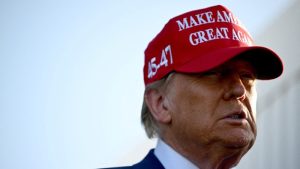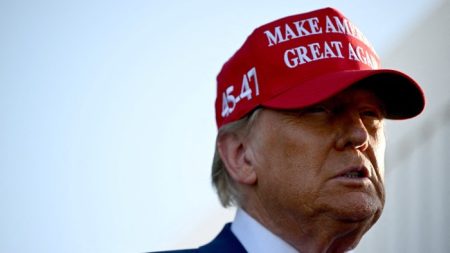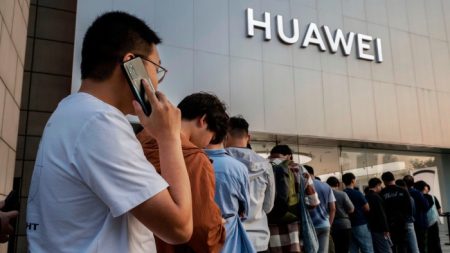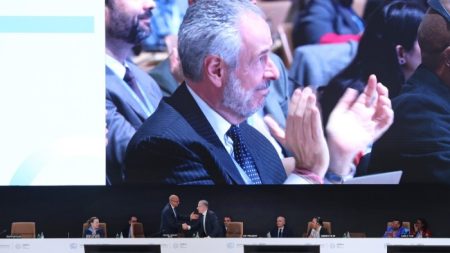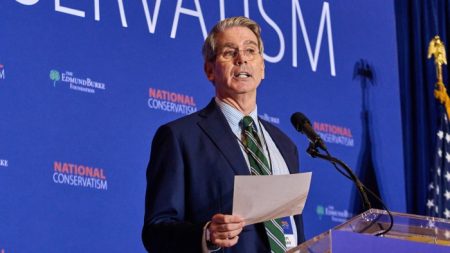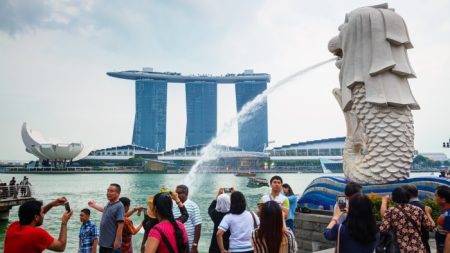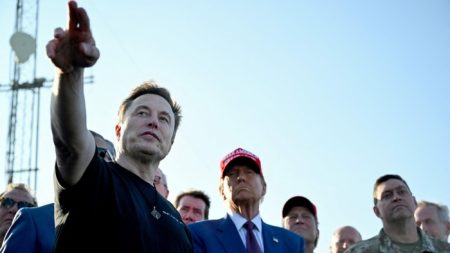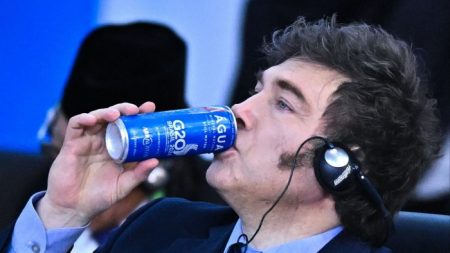Unlock the Editor’s Digest for free
Roula Khalaf, Editor of the FT, selects her favourite stories in this weekly newsletter.
Amazon generated more than $1bn in extra profit from a secret algorithm that controlled pricing, US antitrust regulators have alleged in a lawsuit accusing the tech giant of using monopoly power to harm consumers and sellers.
Formerly redacted portions of the Federal Trade Commission complaint filed in September were revealed on Thursday, showing new details about how Amazon allegedly deployed an algorithm known internally as “Project Nessie” to increase prices of goods on its platform and in turn across the market.
According to the regulator, the model identified the products for which other online stores would try to match Amazon’s prices. When turned on, the algorithm would raise prices for those goods, and keep those higher prices when other platforms followed suit.
The FTC also accused Amazon of strategically deactivating the algorithm. “Aware of the public fallout it risks, Amazon has turned Project Nessie off during periods of heightened outside scrutiny and then back on when it thinks that no one is watching,” the FTC said in the complaint.
As consumer spending declined and inflation rose last year, Doug Herrington, chief executive of worldwide Amazon stores, allegedly asked about turning on “[o]ur old friend Nessie, perhaps with some new targeting logic” to increase the group’s retail profits, according to the FTC complaint.
Tim Doyle, Amazon spokesman, said the FTC’s complaint “grossly mischaracterizes” the Project Nessie tool. The algorithm was intended to stop prices becoming “so low that they were unsustainable”. It was scrapped “several years ago,” he added.
The original lawsuit alleged Amazon punished sellers offering prices lower than it did and forced them to use its “costly” logistics network, all while it “steered” shoppers to more expensive goods. The landmark case is among the most high-profile challenges by Joe Biden’s administration against Big Tech’s market power and a critical test for FTC chair Lina Khan’s more expansive theory of antitrust enforcement.
Other previously sealed information unveiled on Thursday included details about Amazon’s growing advertising business. According to the FTC, Amazon founder Jeff Bezos directed executives to increase “pay to play advertisements” — which merchants would use to appear higher up in search results — on the online store, including “irrelevant junk ads” that were internally known as “defects”.
The FTC said Amazon executives acknowledged the practice created “harm to consumers” by making search results less relevant. Bezos instructed staff to “accept more defects” because the company would make more money from advertisers, the complaint said.
One Amazon executive circulated examples of the harmful and sometimes “bizarre” results of the ads strategy, including “buck urine showing up in the first Sponsored Products slot for ‘water bottles’”, according to the complaint.
The FTC said Amazon recorded $1bn in advertising revenue in the US in 2015. The company’s high-margin advertising sales have since ballooned to $37.8bn globally in 2022.
Amazon’s Doyle said the company “works hard to make it fast and easy for customers to find the items they want”, and said the claim that leadership told employees to accept more defects was “grossly misleading and taken out of context.”
Amazon staff also acknowledged the pitfalls of not coercing sellers to use its logistics and delivery service, the FTC alleged.
According to Thursday’s complaint, an Amazon executive told colleagues he had an “‘oh crap’ moment” when he realised that a more relaxed approach towards sellers would “fundamentally [weaken Amazon’s] competitive advantage in the US”. Vendors could “run their own warehouses” and offer other platforms inventory that would otherwise “only be available to our customers”.
Read the full article here



